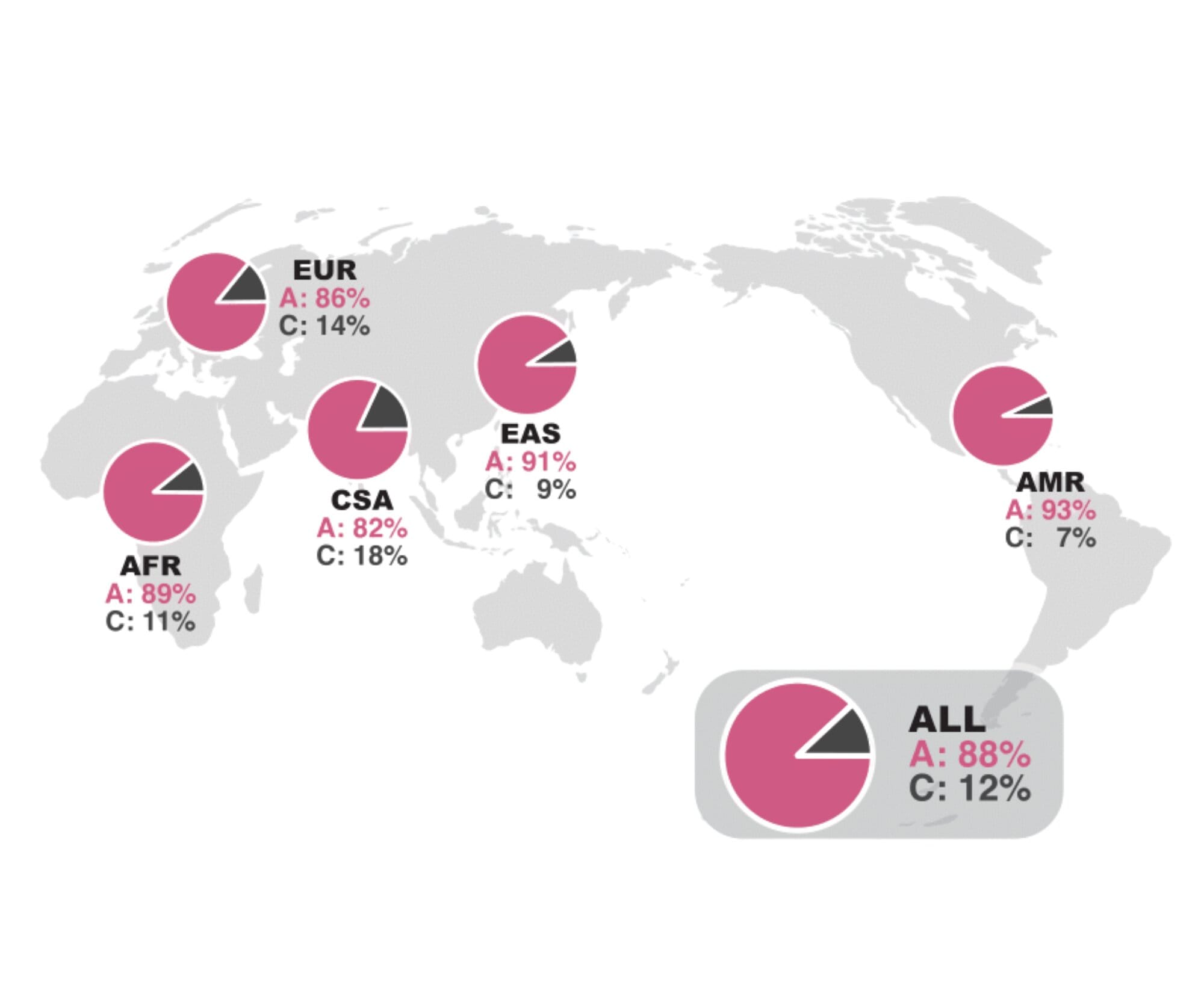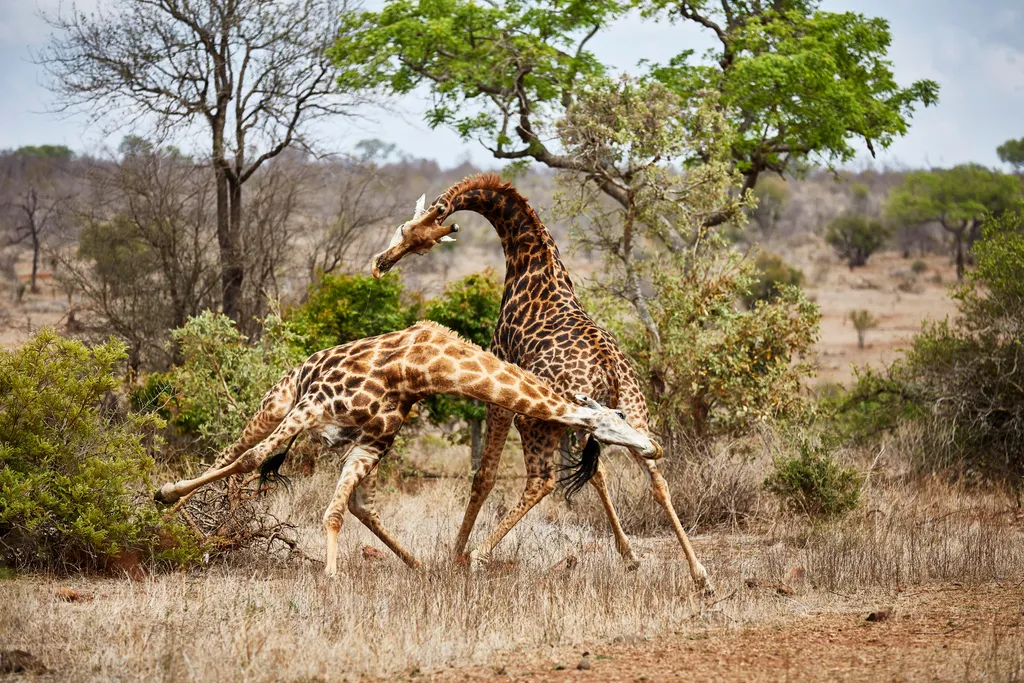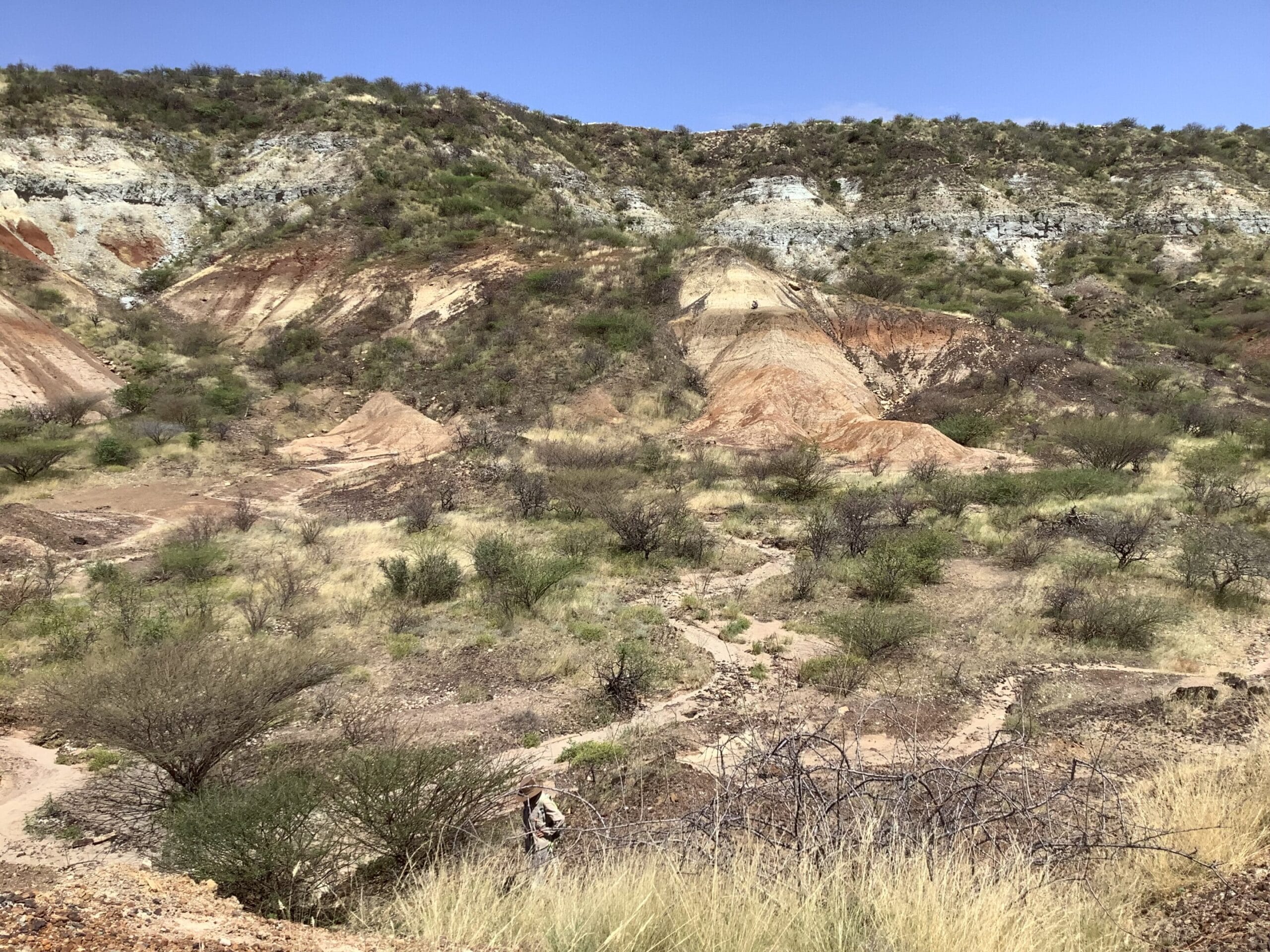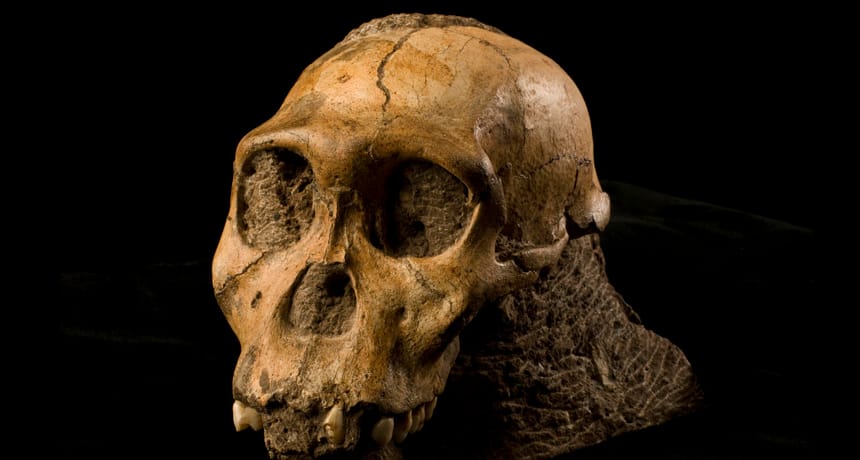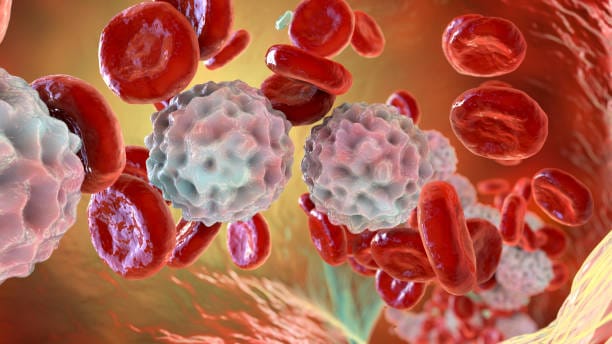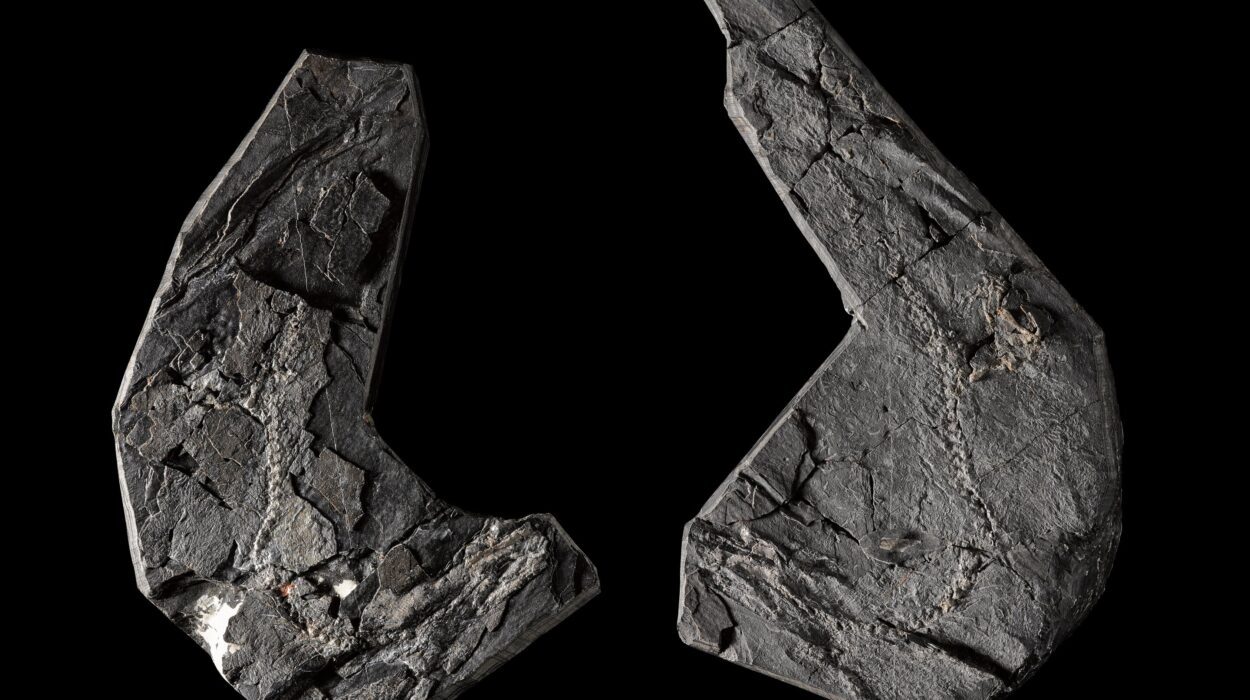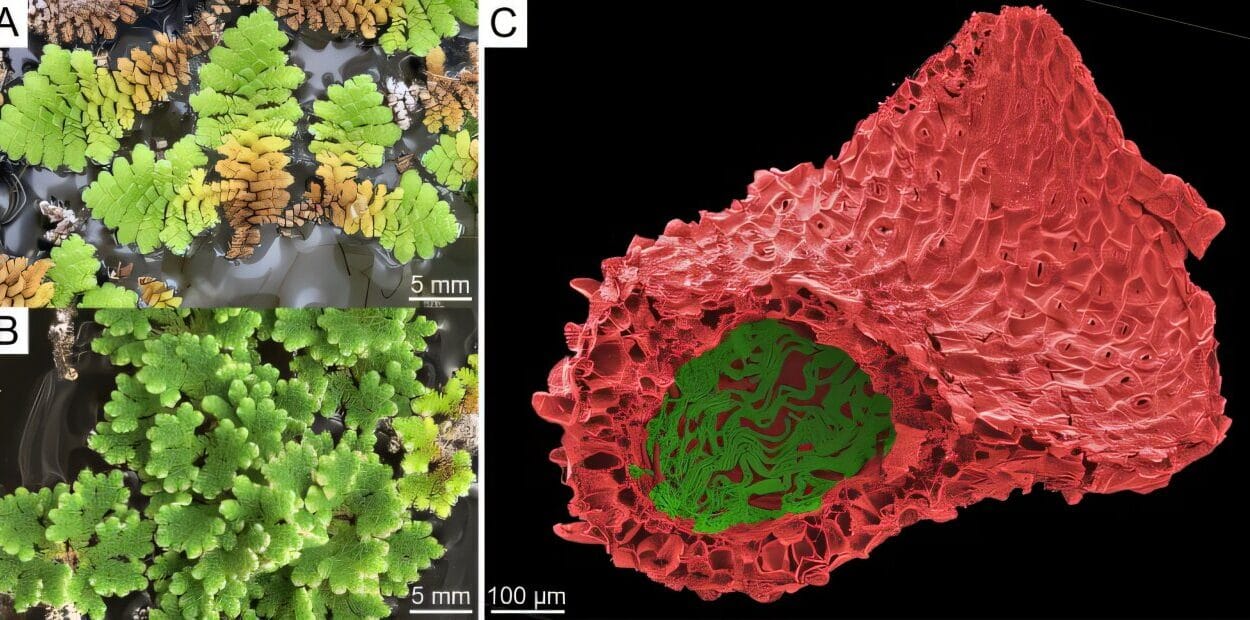What makes us human? It’s one of the oldest questions we’ve asked ourselves—echoed in art, philosophy, and science. Now, new research sheds light on a surprising and subtle clue buried deep within our DNA. A recent study published in Proceedings of the National Academy of Sciences (PNAS) reveals that a single amino acid substitution in a crucial brain enzyme may have helped Homo sapiens outcompete Neanderthals and Denisovans hundreds of thousands of years ago.
The enzyme in question, adenylosuccinate lyase (ADSL), plays a central role in the production of purines—the biochemical building blocks of DNA, RNA, and other key molecules. But beyond that essential function, this enzyme may have also influenced how we behave, make decisions, and even compete for resources. The new research, led by scientists at the Okinawa Institute of Science and Technology (OIST) and the Max Planck Institute for Evolutionary Anthropology, paints an intriguing picture of how small molecular shifts can yield profound evolutionary consequences.
Evolution Written in a Single Protein
At first glance, the difference between modern humans and our extinct cousins, like Neanderthals and Denisovans, seems enormous. We built cities. We crossed oceans. We painted the Sistine Chapel and walked on the Moon. They, by contrast, vanished from the Earth around 40,000 years ago. But in truth, our genomes are nearly identical. We share over 99.7% of our DNA with them. So how did we pull ahead?
The answer may lie in tiny changes—not sweeping mutations, but tweaks to the way proteins behave in the brain.
The ADSL enzyme is made up of 484 amino acids. Between modern humans and our archaic relatives, only one of these amino acids differs. In the ancestral form found in Neanderthals and Denisovans, the amino acid at position 429 is an alanine. In modern humans, it’s a valine.
This switch might seem trivial. But according to Dr. Xiang-Chun Ju, first author of the study, “Even such a minute substitution can ripple across the brain’s biochemistry.”
Indeed, this small change was found to reduce the stability of the ADSL protein, affecting how efficiently it functions—particularly in the brain.
From Molecules to Behavior: A Clue in Thirsty Mice
To understand the real-world implications of this molecular change, researchers turned to mouse models. They engineered mice with the modern human version of the ADSL gene and compared them to mice with the ancestral variant.
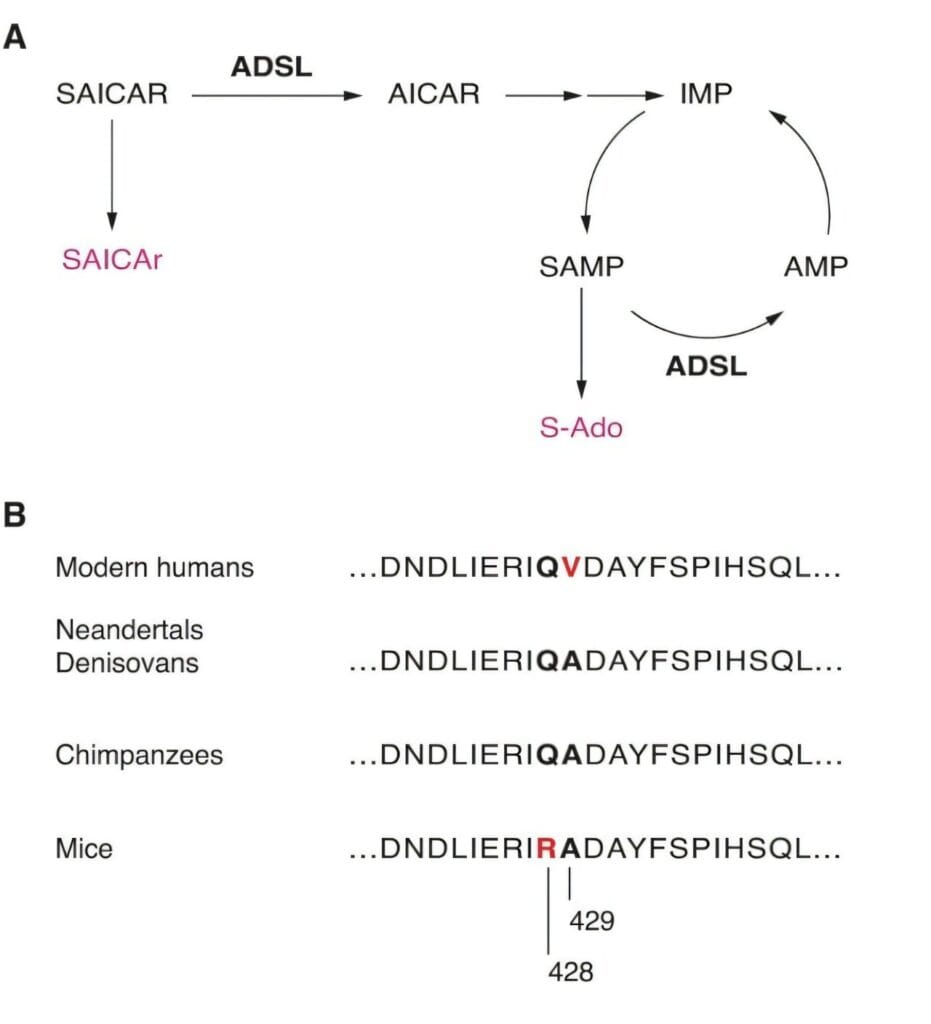
In an experiment designed to simulate competition, the mice had to respond to a sensory cue—a light or sound—to access water when thirsty. What the researchers observed was subtle but striking: female mice with the modern ADSL variant consistently accessed water more successfully than their ancestral counterparts.
This suggests that the change may have enhanced their ability to interpret cues, anticipate rewards, or outcompete others in a social setting—an ability that could have made a significant difference in early human environments where resources were scarce.
Though it’s too early to apply these findings directly to humans, the implications are tantalizing. If similar effects occurred in our own evolutionary past, they could have helped modern humans gain behavioral advantages—subtle ones, perhaps, but enough to tip the balance of survival over time.
A Two-Part Evolutionary Upgrade
What’s even more fascinating is that this wasn’t the only change to the ADSL gene. In their genetic analysis of over 97% of present-day human genomes, the team discovered a second set of mutations—this time not in the protein-coding region of the gene, but in a non-coding regulatory region. These changes reduced the gene’s overall expression, particularly in the brain.
In essence, evolution appears to have dialed down ADSL activity twice—first by making the protein less stable, then by reducing how much of it is made.
Dr. Shin-Yu Lee, a co-author on the study, explains it this way: “It’s like evolution was fine-tuning a dial. The enzyme still needs to work—too little and you get severe developmental disorders—but slightly less activity might lead to beneficial behavioral traits. We believe this dual reduction was not accidental but shaped by positive selection.”
These findings underscore a vital truth about evolution: it’s not just about acquiring new traits. It’s often about losing just enough of a function to gain an unexpected edge.
A Window Into the Ancient Human Mind
For decades, scientists have searched for the genetic changes that separate us from Neanderthals and Denisovans—not to place ourselves on a pedestal, but to understand what made our lineage take a different path. Some of those differences lie in the genes that shape the skull or control speech. Others influence immunity or metabolism.
But this study highlights a new frontier: the biochemistry of behavior.
“Behavior is one of the most complex traits evolution can shape,” says Professor Izumi Fukunaga of the Sensory and Behavioral Neuroscience Unit at OIST. “The fact that such a small change in one enzyme can influence how an animal interacts with its environment is both surprising and deeply exciting.”
Fukunaga notes that the behavioral effects were only seen in female mice. The reason for this sex-specific difference remains unclear and is a subject of future research. It’s possible that hormonal differences, brain wiring, or even social structures play a role. But the fact that only one sex showed a behavioral effect doesn’t diminish the importance of the finding—it adds a new layer of complexity.
“Behavior involves dozens of brain regions, layers of sensory input, learning, motivation, memory, and motor planning,” Fukunaga explains. “ADSL’s role may intersect with just one or two of these layers, but even a slight improvement could mean the difference between getting food or not, surviving or not.”
Echoes from Half a Million Years Ago
The timing of these genetic changes adds to their significance. The amino acid substitution at position 429 is found in virtually all modern humans, but is completely absent in Neanderthal and Denisovan genomes. This means the mutation likely arose after modern humans diverged from our archaic relatives—roughly 500,000 years ago—but before our ancestors left Africa.
In other words, it may have been part of the genetic foundation laid down before we began our global journey, before we crossed into Europe and Asia, before we encountered the Neanderthals we would eventually replace.
Professor Svante Pääbo, a senior author of the study and Nobel Laureate in Physiology or Medicine, reflects on this deep time scale: “We are beginning to understand how subtle tweaks in our metabolism and brain chemistry helped set modern humans on a different trajectory. This is one of several enzymes affected by evolution in our lineage. Together, they form part of the molecular signature of our species.”
The Future of Human Evolution Research
This study is part of a growing field that seeks to link ancient genetic changes with modern human traits. With technologies like CRISPR gene editing, single-cell RNA sequencing, and comparative genomics, scientists are now able to ask precise questions: What did this ancient gene variant do? What effect did it have on the brain, the body, or behavior?
The field is still young, but the potential is enormous. As researchers continue to map out the functional consequences of these small changes, we may begin to unravel the evolutionary story not just of our bodies, but of our minds.
“We’ve only scratched the surface,” says Dr. Ju. “Each finding opens up more questions. How do these molecular changes interact with each other? Do they shape learning, memory, social behavior? Are some of them still evolving today?”
In the end, this research does more than illuminate the past. It invites us to see ourselves—not as static beings, but as part of a long, ongoing experiment in life, behavior, and adaptation.
The key to understanding what it means to be human may not lie in grand anatomical differences, but in quiet changes in how we think, learn, and respond to the world around us.
More information: Ju, Xiang-Chun et al, The activity and expression of adenylosuccinate lyase were reduced during modern human evolution, affecting brain and behavior, Proceedings of the National Academy of Sciences (2025). DOI: 10.1073/pnas.2508540122. doi.org/10.1073/pnas.2508540122
